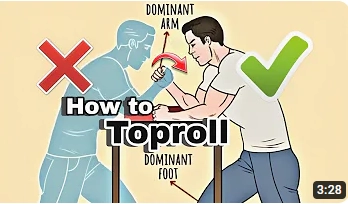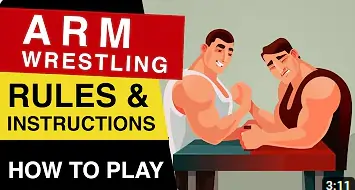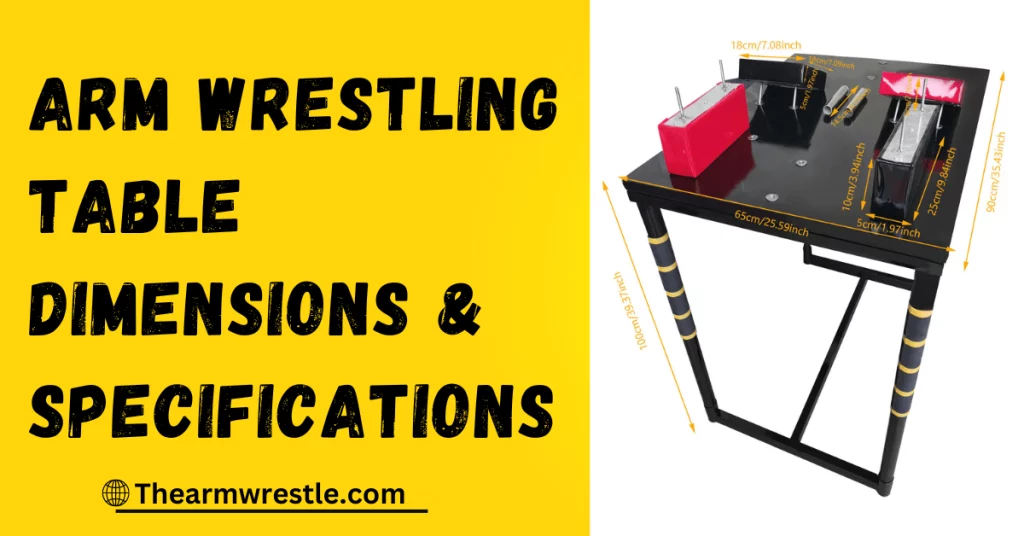In Arm wrestling workout Over the past many years, we have learned a lot about arm wrestling, a fantastic sport. Most people assume that the largest person will always prevail in arm wrestling. This couldn’t be further from the truth; arm wrestling is a challenging, highly technical sport. Arm wrestling workout and technique are both necessary for success in arm wrestling.
Arm Wrestling Techniques
The top roll and the hook are two moves that, when combined with a powerful finish, will make you almost invincible in the arm wrestling ring. Your use of these strategies should ideally be quick and fluid, like a ninja arm wrestler.
Arm Wrestling Workout (Top-roll)

The best arm wrestling man oeuvre is the top roll. Arm wrestling is changed by top-rolling from a competition of bicep and forearm strength to one of hand, finger, and wrist strength. To top-roll, you must move your hand up your opponent’s palm. Your writing should be around his hand’s upper portion, and he should be holding your hand’s bottom portion. You must begin as soon as you receive the command to do so to be in this position. To yank your opponent’s hand away from his body, pull your own hand in that direction.
His leverage will be compromised, while yours will rise. Ideally, you’ll notice that your opponent’s hold is loosening. As soon as you realize this, begin raising your hold on his hand. Continue repeating this until you are perched as high as you can on his hand. You are now prepared for the finish after you have reached this phase.
Arm Wrestling Workout (Hook)
It is possible to utilize the top roll alone or with a straightforward hook. The hook aims to give you more strength and leverage by forcing your opponent’s hand back. As soon as you hear “Go!” pull your opponent’s hand back and twist your wrist in your direction to expose his wrist. You are prepared for the finish once you have him in this position.
Finishing off your opponent might be arm wrestling’s most difficult challenge. Before letting this slam his hand to the table, a guy will strive to squeeze every last drop of juice from his meat hooks. Arm wrestling contests frequently end in an endless standoff with one guy’s hand floating over the table and the other man using all of his forearm power to seal the victory.
Did You Know ?
“Arm wrestling is around 60% strength and 40% technique, so most guys will be capable to tired someone stronger than them,” says Kirlew.
5 Tips to improve Armwrestling Strength
The World Arm wrestling League’s top pullers aren’t successful only because they have large biceps. Tendons, ligaments, and connective tissues must be trained and strengthened for arm wrestling to be powerful on the table and dominate an opponent. The hidden arm muscles essential for dominance at the table are frequently underdeveloped during routine gym visits, so Ottawa’s Devon “No Limits” Larratt and Craig “The Fury” Tullier provide some advice to improve these arm muscles.
Pay Attention:
Pulling will cause the ligaments, tendons, and other connective tissues to become painful very rapidly, according to Larratt. He explains, “Connective tissues are everything that binds you together. Muscles are the movers. One of the major objectives of a professional arm wrestler is to avoid injury. Not paying attention to these areas and neglecting to train them can result in blown biceps, torn pectorals, and many other problems.
Lightweight, High Reps:
Devan Larratt advises opening your tendons and ligaments whenever possible to maintain their strength. Curls and other workouts that require little motion, several repetitions, and a modest weight are effective for developing wrist strength. Larratt observes that striking a balance between high repetitions and continuing to train for the strength a puller requires when competing is challenging. He believes that such training frequently entails 50 or even 100 repetitions.
Open Up Your Hands:
Tullier exercises his hands and fingers using a range of improvised tools. It helps to open up all the components of the hand, get circulation circulating, and strengthen the connective tissue in the hands and fingers by grabbing something heavy, like a softball, that makes your fingers do most of the work.
Heavy Static Holds:
A barbell will also be loaded with a tonne of weight by Tullier. He will lift it up and then remain still, allowing the muscles in his hands and arms to support the entire weight. According to him, these movements pump blood into the tendons in the arms, wrists, and hands, making them stronger due to exhaustion and recuperation.
Table Time:
Arm-wrestlers can verify that getting on the table is one of the greatest methods to exercise the tendons that are crucial for using the table. Finding out what hurts after a practice session will help you focus on the connective tissue that needs to be strengthened for competition. Sort of: get some individuals and practice.
Exercises for Arm Wrestling
If you cannot get your hands on one of these innovative devices, there are a ton of arm-wrestling-specific routines you can do at the gym or home. A wrestler in arm wrestling has to develop his triceps, biceps, and forearms. Your fingers and hands can gain strength with the aid of hand grippers. Forearms are worked using wrist curls. Biceps are worked through dumbbell curls. You may develop triceps strength by performing triceps press-downs.


